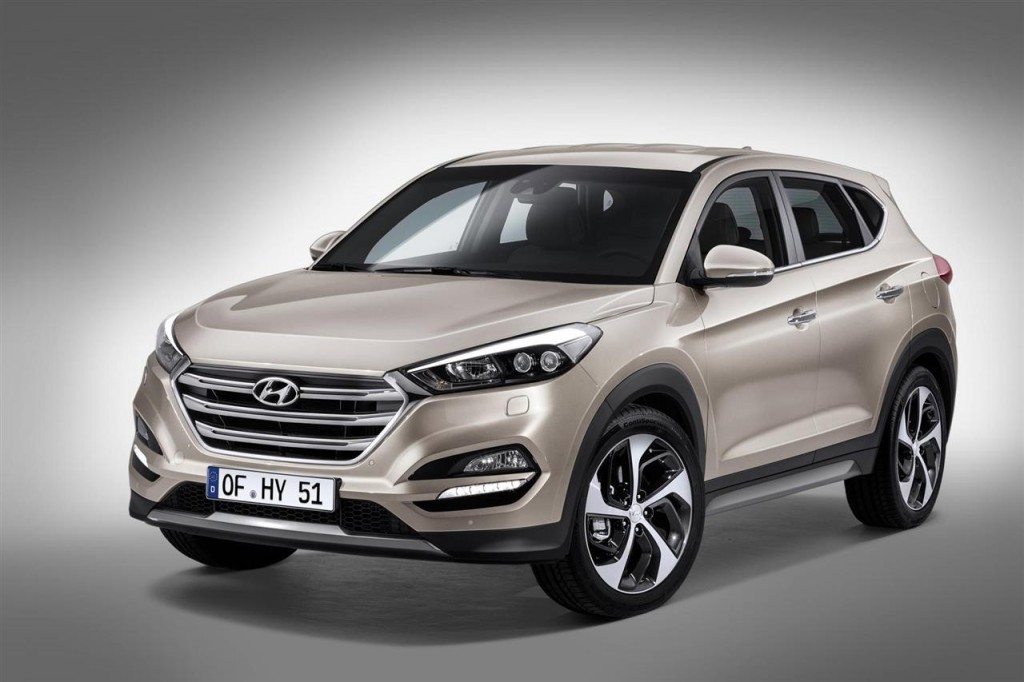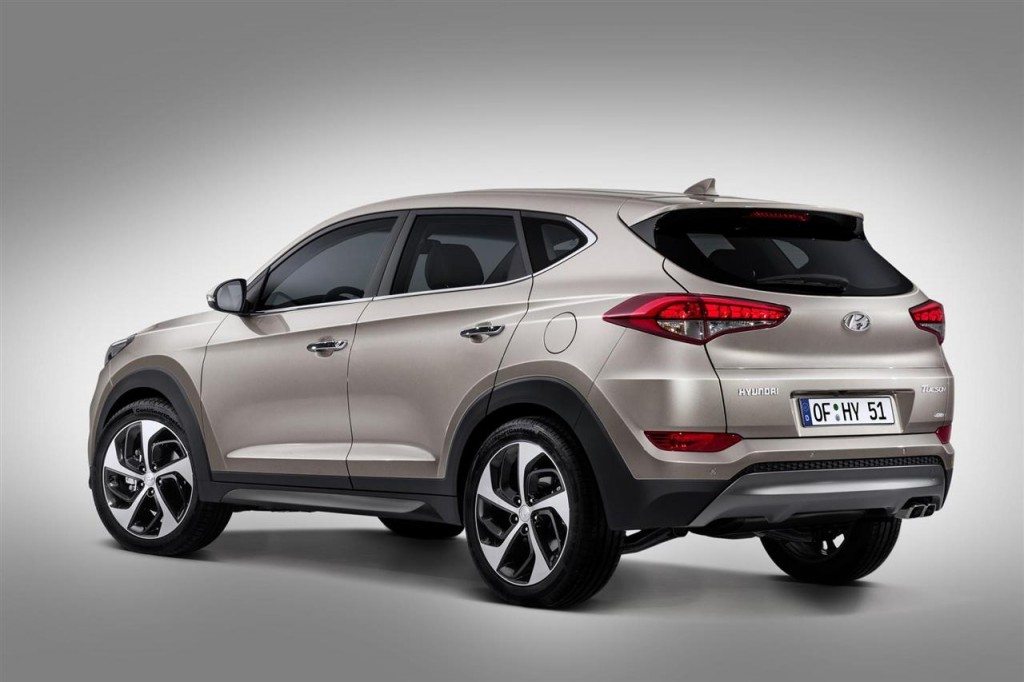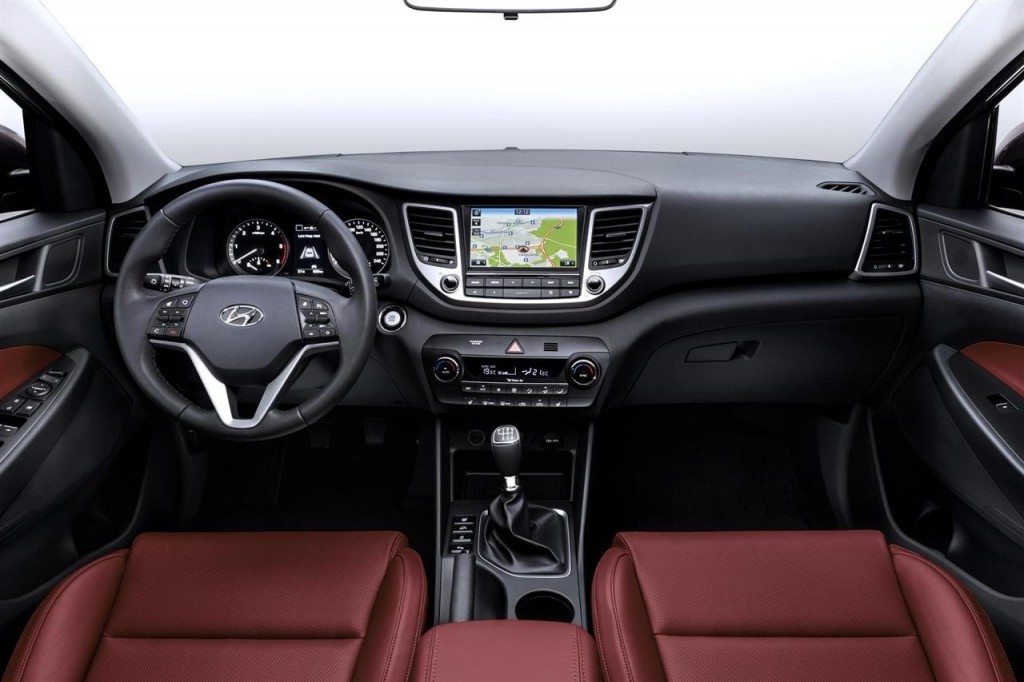It’s easy to see why the Hyundai ix35 was New Zealand’s best selling small SUV in 2014. Despite its age it still managed to look contemporary, it’s well priced, decent value, spacious, practical, economical, and easy to drive. It’s a car that makes sense for a lot of families. Now Hyundai have taken the wraps off the replacement ahead of its Geneva debut and it’s brought back the old Tucson name.
Well, by ‘old Tucson name’ I mean only for certain markets. In NZ, Australia, and Europe the first generation Tucson was replaced by the outgoing ix35 in 2005. For the rest of the world it was still called the Tucson. Now Hyundai have again decided to call it the Tucson again. Why? I have literally no idea. Perhaps for the same reason the Santa Fe isn’t call the ix55 or something. Anyway, it’s now easier to identify Hyundai’s SUVs with the rest of the range. In name and in design.
There’s no escaping the fact this new Tucson looks a lot like a scaled-down version of the Santa Fe. Gone are the fluidic lines of the old car and in is a more tough and rugged look similar to the Santa Fe. That’s no bad thing as the Santa Fe is one of the more handsome looking mainstream SUVs. Coincidentally, the Santa Fe is also NZ’s best selling diesel SUV so something must be right about it.
Like most cars these days the Tucson has grown slightly compared to its predecessor. It is now 4475mm in length (65mm longer), 1850mm wide (30mm wider), and 1645mm tall (35mm shorter). However, despite the extra dimensions the Tucson will remain a strict five-seater. It also has a smaller luggage capacity than the ix35 at 513 litres. The Tucson sits on an all-new platform that will be shared with the new Kia Sportage.
As for engines, the Tucson gains a new 1.6-litre direct injection petrol engine which will be available in two guises. In naturally aspirated form it’ll produce 133bhp/97kW and in turbocharged form it’ll be pumping out 174bhp/127kW. The 2.0-litre R-Series diesel engines are carried over as is the 1.7-litre for some markets. Like before, buyers will have choice of front or all-wheel drive. Transmission choices include a six-speed manual, six-speed automatic, and a new seven-speed dual clutch gearbox. It’ll be likely NZ will get the two 1.6-litre petrols and the 183bhp/135kW 2.0-litre diesel.
Inside the Tucson’s interior is more of a class act than the ix35’s. Leather, aluminium trim, and soft-touch materials dominate the interior, as does a larger screen. The Tucson benefits from a host of new in-car and safety tech. Some features on the new Tucson include heated and ventilated seats, park assist, electric assisted tailgate, and a new sat-nav system. New safety tech on the Tucson include autonomous emergency braking, blind spot assist, lane monitoring, rear traffic alert, and pop-up bonnet for when you run over a pedestrian.
Expect prices for the new Tucson to be roughly in the same ballpark as the ix35, if not a little bit higher. The Tucson is due to go on sale in the Northern Hemisphere in the final quarter of the year. A NZ release shouldn’t be too far off. Look out Toyota RAV4, Volkswagen Tiguan, and Mazda CX-5.

















































